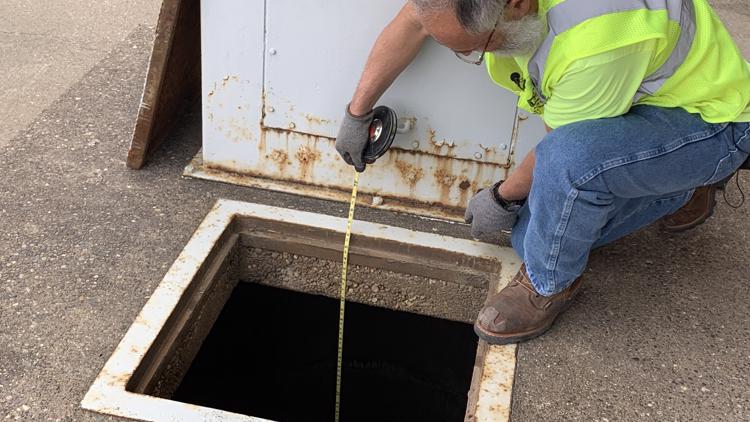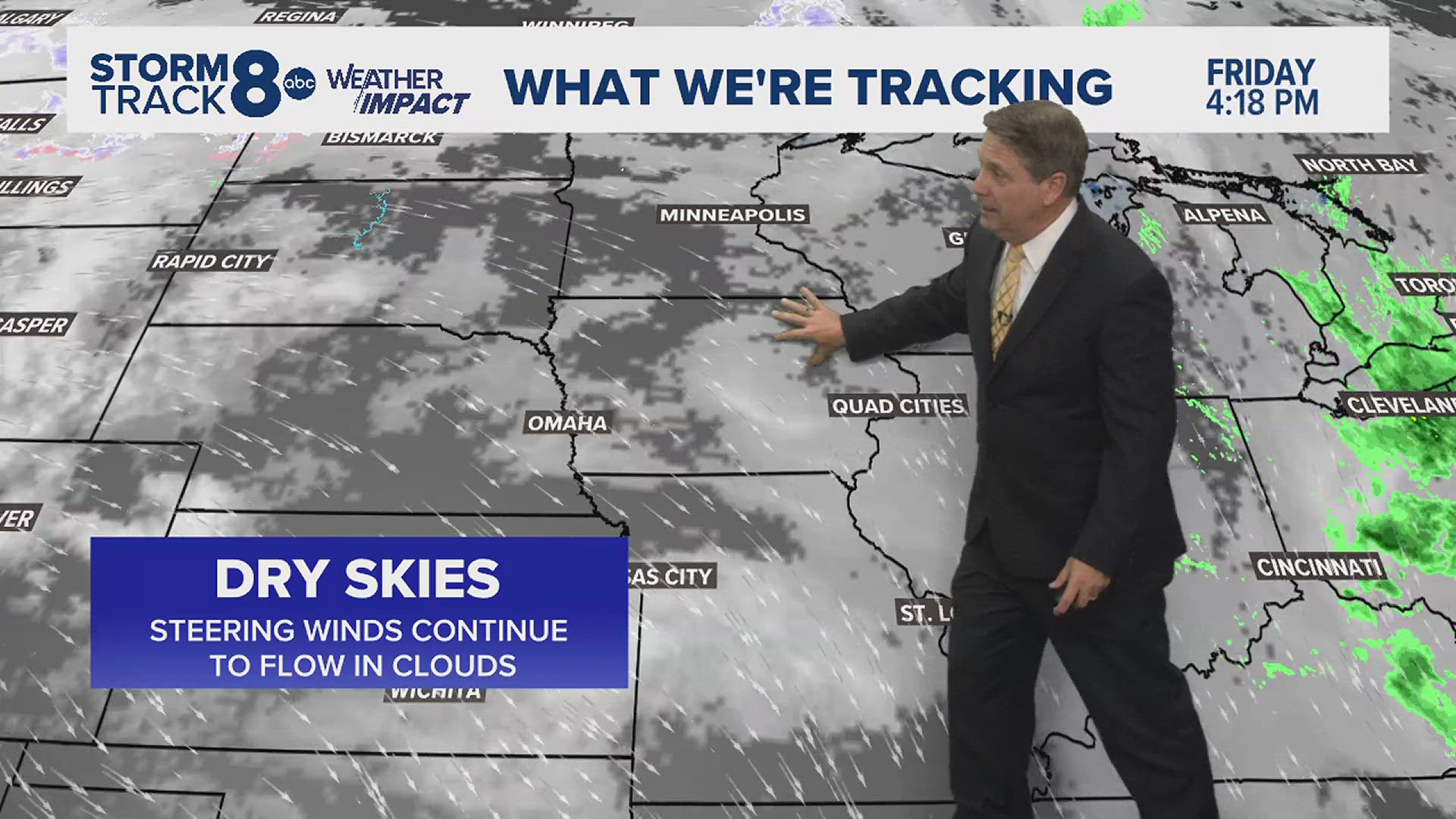ROCK ISLAND, Illinois -- Measuring a historic crest is no easy task, especially when it's unexpected. The U.S. Army Corps of Engineers at Lock and Dam 15 in Rock Island have been quite busy these last few weeks keeping a close eye on the river levels.

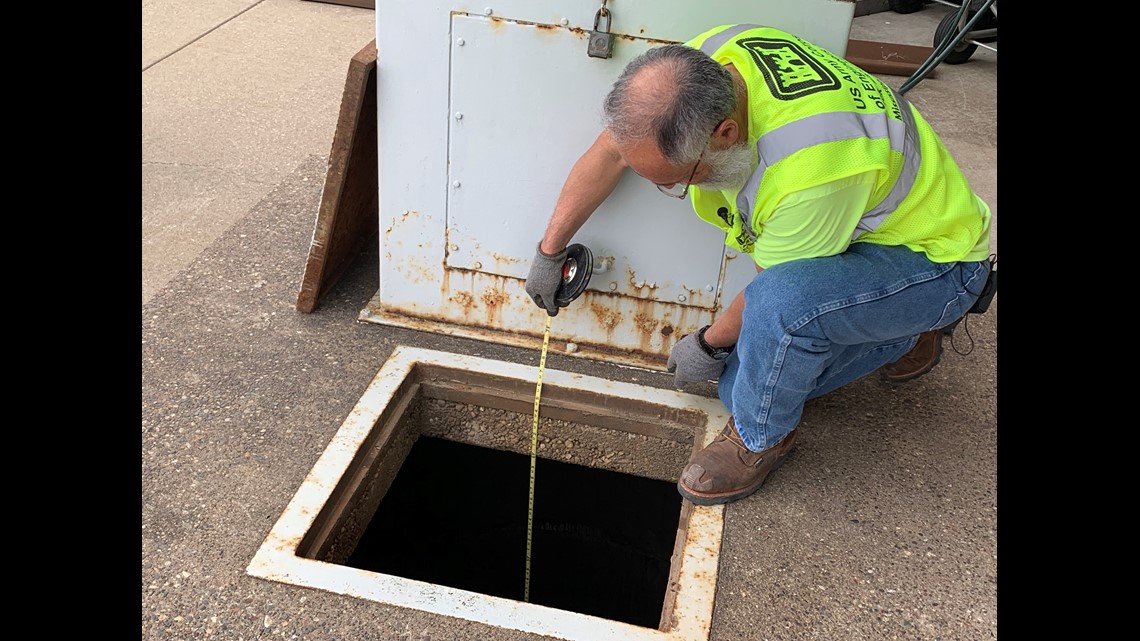
Many of you have inquired about how these river levels are measured and the process is quite involved! We went behind the scenes with the U.S. Corps of Engineers at the Rock Island Arsenal to see how these levels are measured and what the readings mean.
Chris Trefry is the Water Control Chief for Lock and Dam 15. Since starting his career at the Arsenal, he's seen his fair share of flooding events. "It's interesting. We've set a lot of records in my career already, both low and high.", says Trefry.
Chris and other members stationed at the Arsenal keep close tabs on the Mississippi River level, especially when it comes to commercial traffic that flows through the lock.
Taking measurements involves three different processes. At the lock and dam site, an intake line runs just outside the lock itself, channeling in water from the river and placing it inside a well. It's within that well where two types of equipment are housed that take digital readings of the river level. "Every lock and dam site has a well, so there are intake pipes that flow into this well structure.", says Trefry.

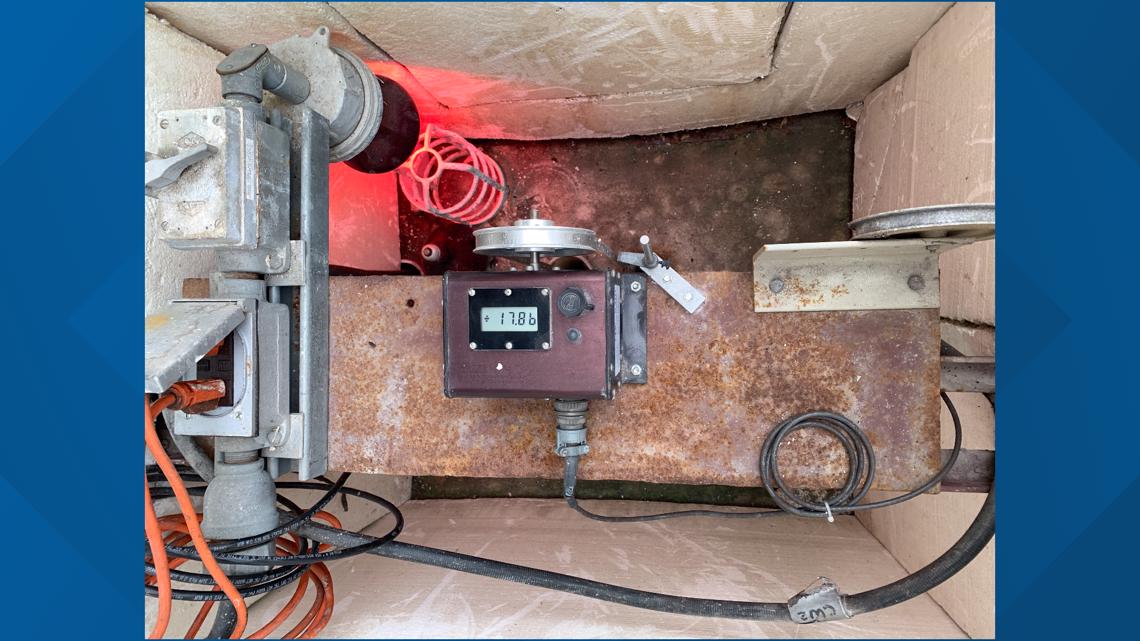
One piece of equipment used is a float-tape gauge. It's a simple instrument that consists of a pulley system, with a floating device on one end and another weighted device. This is dropped into the nearby well then measured using the attached tape. Should the electronic portion fail, the actual tape itself can be used to measure the levels instead.

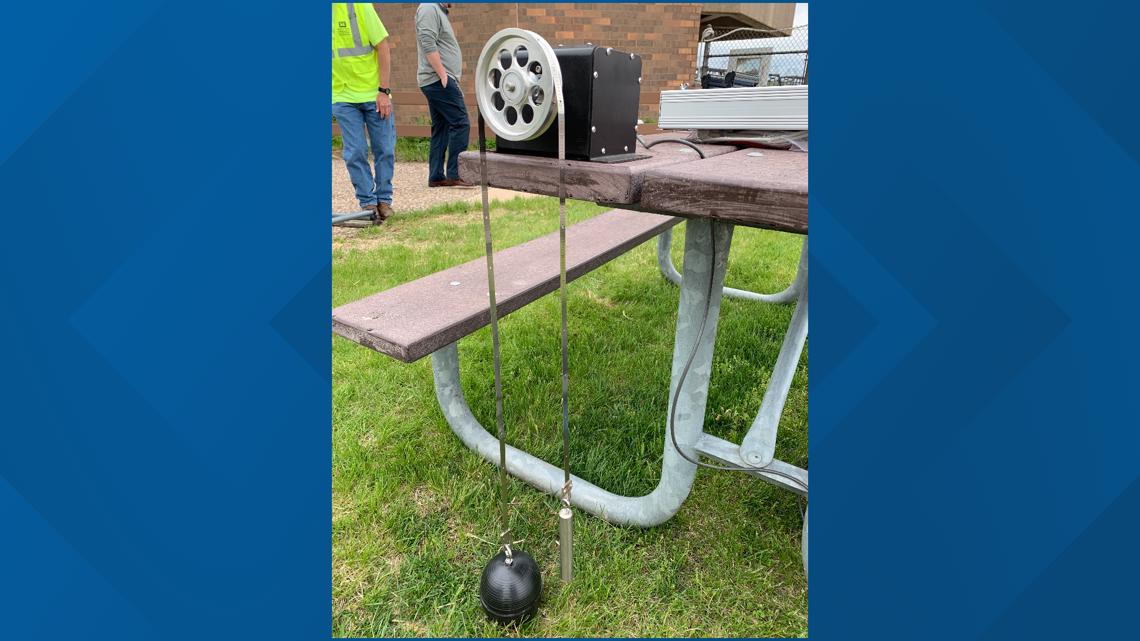
Ironically, before the technology revolution took hold, this same method was popular for many locations, using a traditional measuring tape.


The second method involves a submersible pressure transducer. This device is also placed in the well at the bottom of the river bed. It measures the force of the water that lies on top of the sensor. The higher the water, the more pressure that is exerted on the device. This device isn't limited to just rivers, it has also been used in hurricanes to help measure storm surge levels, too.

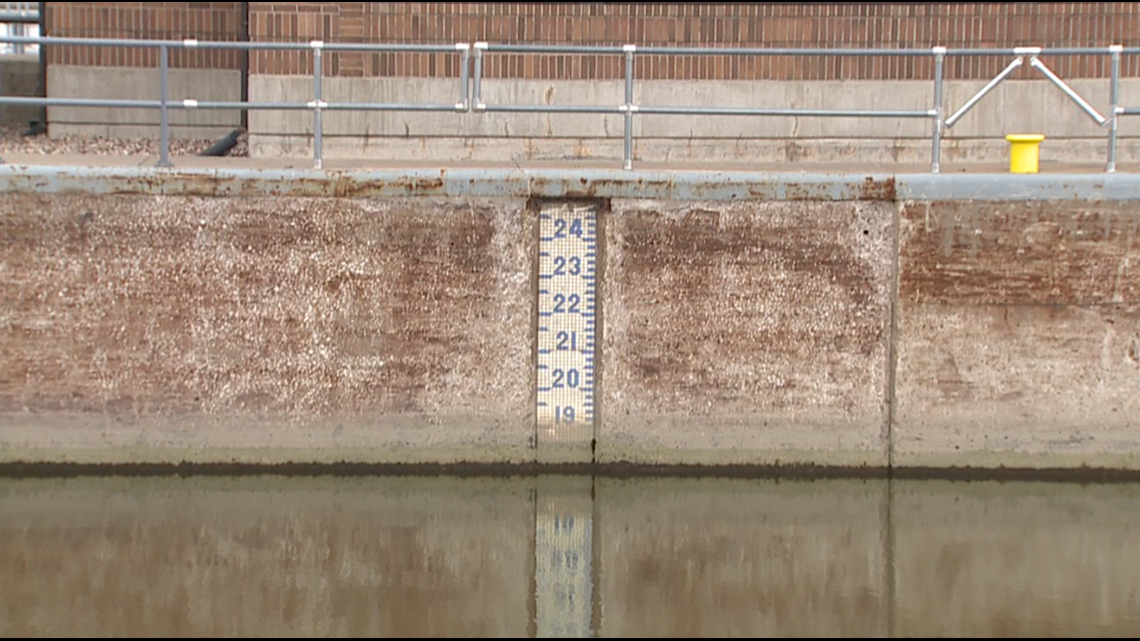
The third and final method is old school, simply looking at the staff gauge located within the lock itself as water flows through the control area. Looking at the gauge this week, it's easy to see where the river typically sits. As of Tuesday afternoon, the Mississippi River level at Rock Island was sitting at 17 feet. Flood stage is 15 feet.
What about the stage numbers, what does exactly 15 feet mean? Trefry says the numbers are just simply a reference point.
"Those are just arbitrary numbers that were determined at some point in time. Years ago these stage numbers were determined to get you to a certain elevation and it's unique to each site. So, 20 feet here at Lock and Dam 15 does not mean you have 20 feet of water.", says Trefry. These levels and stages were set back in the 1930s, and have undergone some change since then. The stages are used to help communicate what levels will see greater impacts to life and property. They vary from each measuring location greatly, so you'll want to keep tabs on what the different levels mean for your individual location.
Even though all of this technology is now involved in taking these measurements, the human factor is still very important. That's where Gene VanDusseldrop comes in. He's the Hydrologic Technician at Lock and Dam 15. "A Lockman actually still manually inputs the data, so there are many redundancies built in. It's all about life and property. Life. It's all about the people.", says VanDusseldrop.
The measurements at this location are critical for emergency management officials and the National Weather Service when it comes to keeping the public safe and informed when the river begins to rise.
You can find the most up to date river level data here
Meteorologist Andrew Stutzke
Download the News 8 Weather App — for iOS, click here and for Android, click here
Download the free News 8 App — for iOS, click here and for Android, click here


